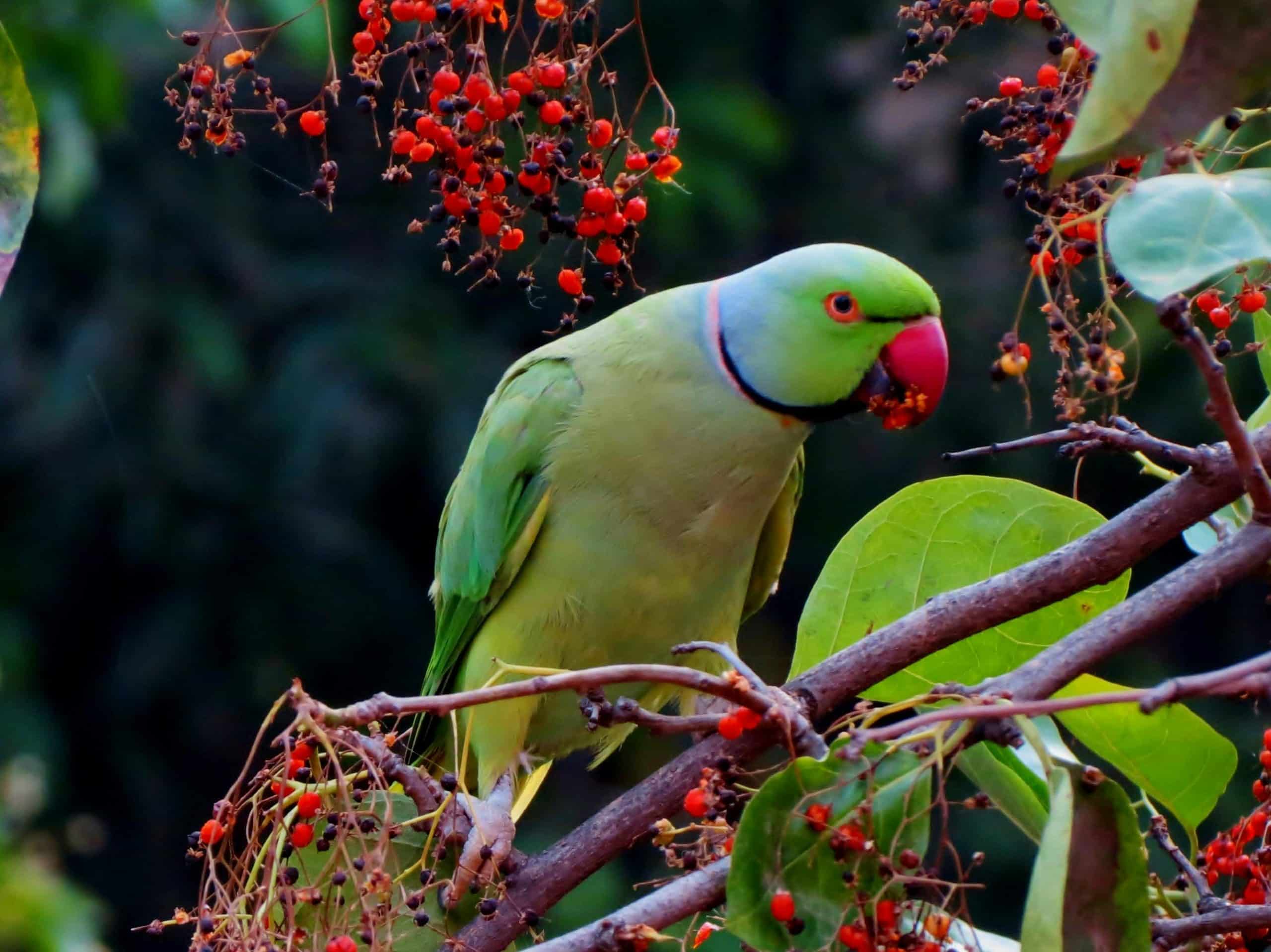African Grey parrots are known for their intelligence and playful nature. These enchanting birds require mental stimulation to stay healthy and happy. This is where toys play a pivotal role. Yet, not all toys are safe for your feathered friends. Certain materials like toxic metals can be harmful to them. In this article, we will explore the safest toys for African Grey parrots that will help prevent metal toxicity.
The Dangers of Metal Toxicity in Birds
To understand the significance of safe toys, let’s first delve into the potential hazards that metals can pose to your birds. Metals such as lead and zinc can be found in various parts of a bird’s environment, including their toys. When ingested or inhaled, these metals can lead to serious health complications, such as metal poisoning.
Lire également : What Are the Best Strategies for Preventing Matting in a Maine Coon Cat’s Fur?
Lead and zinc are not the only metals you should be worried about. Even stainless steel, commonly used in bird cages and toys, can present a risk if it is not of high quality. Low-quality stainless steel may contain traces of other harmful metals, such as nickel or chromium.
Birds exhibit a natural curiosity and will often peck at their toys or cage. This behavior may expose them to the harmful elements present in metals. The symptoms of metal toxicity in birds can range from lethargy and loss of appetite to more severe signs such as blood in their stools or sudden death.
Lire également : What’s the Best Way to Remove Ticks from a Dog’s Fur Without Harming It?
Choosing Safe Toys for Your Parrot
The key to preventing metal toxicity in your African Grey parrots lies in choosing the right toys. Here’s what you need to consider:
- Materials: Choose toys made from safe, non-toxic materials. Ideal materials include wood, rope, and high-quality stainless steel. Wood and rope are particularly excellent choices as they are natural materials that will also help to keep your bird’s beak trimmed.
- Size: The size of the toy is an important factor. Make sure the toy is appropriate for the size of your parrot to prevent the risk of choking.
- Design: The design of the toy should be safe and engaging. Avoid toys with small parts that can be easily ingested or detach and cause harm.
Recognizing Safe Wood and Rope Toys
Wood and rope are two of the best materials you can choose for your parrot’s toys. They are not only safe, but they also provide excellent mental stimulation for your bird. However, not all wood and rope types are safe.
When shopping for wooden toys, look for ones that are made from non-toxic wood types such as apple, elm, or fir. Avoid wood that has been treated with pesticides or other chemicals. Similarly, for rope toys, opt for those made from natural fibers like cotton or hemp. Avoid synthetic ropes as they can fray and be ingested by your bird, leading to potential health issues.
The Role of High-Quality Stainless Steel Toys
While metals often carry a bad reputation when it comes to bird safety, not all metals should be avoided. High-quality stainless steel is actually a safe and durable option for bird toys. It is resistant to rust and does not chip or peel, minimizing the risk of your bird ingesting harmful substances.
However, be sure to verify that the stainless steel used in the toys is indeed of high quality. Low-quality or poorly manufactured stainless steel can contain traces of other potentially toxic metals.
Remember, the well-being of your African Grey parrot is dependent on the choices you make. Proper supervision and regular inspection of their toys will help ensure their safety. Select toys that are not only engaging but also safe, offering your feathered friend hours of fun and enrichment without the risk of metal toxicity.
Ensuring the Safety of Plastic Toys and Cage Accessories
Many bird owners opt to equip their parrot’s habitat with plastic toys and cage accessories due to their durability, ease of cleaning, and colorful appeal. However, not all plastics are safe for birds. It’s essential to ensure that these items are made of bird-safe plastics and are free from toxic elements.
When choosing plastic toys for your African Grey, pay attention to the quality of the plastic. Avoid toys with a strong chemical odor as these may contain harmful substances. Opt for toys made from high-density polyethylene (HDPE) or polyvinyl chloride (PVC), as these are generally considered safe for birds.
Consider the robustness of the plastic toys as well. African Greys are known for their powerful beaks and can easily break apart poorly made toys, which may result in the ingestion of small plastic fragments. Therefore, sturdy, well-constructed toys should be your go-to option.
Cage accessories such as perches, ladders, and swings can also be made of plastic. Follow the same principle when choosing these items. Make sure they are made of safe plastic, are sturdy, and are of appropriate size for your bird.
Top Picks for Safe Toys for African Grey Parrots
After learning about the potential hazards that some toys can pose to your African Grey, you might be wondering what the safest options are. Here are a few top picks:
Bird Kabobs: These are made from soft, fibrous yucca wood, which is perfect for birds who love to chew. They are 100% biodegradable, making them a safe and eco-friendly choice.
Hanging Rope Toys: These toys provide mental and physical stimulation for your bird. Ensure they are made from natural fibers and do not have any small, detachable parts that can pose a choking hazard.
Wooden Ladders: These are great for climbing and exploring. Again, make sure they are made from untreated, non-toxic wood types.
Foraging Toys: These toys, made from safe materials like paper, cardboard, or bird-safe plastic, encourage natural exploration behavior and can keep your bird engaged for hours.
Conclusion
Ensuring the safety of your African Grey parrot’s toys is crucial to prevent metal toxicity and promote overall well-being. Opt for toys made from safe materials such as high-quality stainless steel, non-toxic wood, natural fiber rope, and bird-safe plastic. Regularly checking and replacing toys is also essential to maintain a safe environment for your feathered friend.
Remember, the mental stimulation that toys provide is vital for your African Grey’s mental health. Therefore, ensuring their safety should not mean limiting their access to toys. Instead, it should promote the choice of engaging, appropriate, and toxin-free toys that will contribute to your bird’s happiness and health.













